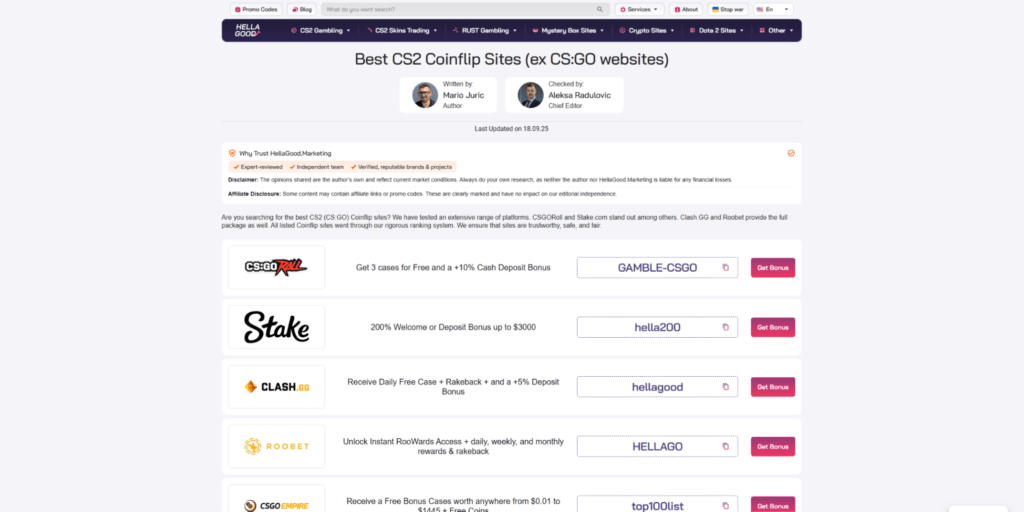Understanding Sports Analytics
Sports analytics focuses on gathering and analyzing data to improve performance and strategy. It enhances decision-making by converting complex statistics into actionable insights.
The Evolution of Data in Sports
In the past few decades, data’s role in sports has expanded significantly. Initially limited to basic statistics such as scores and win-loss records, teams now analyze vast datasets covering player movements, biometrics, and game tactics. The adoption of advanced technology, like wearables and tracking systems, has revolutionized data collection, offering insights into areas like player health and predictive performance modeling.
Key Concepts and Tools
- Several key concepts define sports analytics today.
- Metrics like player efficiency ratings and expected goals provide quantitative assessments of player performance.
- Tools like machine learning and video analysis software allow for deeper insights into patterns and trends.
- Platforms like Tableau and R are frequently used for data visualization, making complex data accessible.
- Advanced scouting tools combine video footage with statistical models to optimize team strategies and player selection, providing a comprehensive approach to team management.
Impact on Different Sports
Sports analytics has made significant inroads across various sports, redefining strategies and player evaluations. Each sport leverages analytics differently to enhance its unique characteristics.
Baseball: Pioneering Analytics
Baseball stands as a leader in analytics, utilizing data in player evaluation and game strategies. The introduction of Sabermetrics transformed how teams value players. Concepts like On-base Plus Slugging (OPS) and Wins Above Replacement (WAR) help assess player contributions beyond traditional stats. Platforms like Statcast provide advanced metrics on player movements and ball trajectory. The strategic shift towards data has fundamentally changed team assembly and tactical decisions.
Basketball: Enhanced Player Performance
In basketball, analytics focus on optimizing player performance and game strategy. Tools like Player Efficiency Rating (PER) and tracking systems analyze player movements and shot selection. Coaches use analytics to study shooting efficiency, defensive matchups, and player fatigue. This data-driven approach allows teams to fine-tune lineups and develop plays based on statistical likelihoods. Analytics has turned basketball into a sport where precision and strategy dictate success.
Soccer: Strategic Game Play

Soccer embraces analytics to enhance tactical gameplay and player development. Metrics such as Expected Goals (xG) and passing networks inform strategic decisions. Teams analyze patterns like:
- ball possession
- pressing efficiency
- player positioning
to refine strategies. Tracking systems monitor player performance, helping in injury prevention and talent scouting. Soccer clubs increasingly rely on analytics to gain a competitive edge in a highly dynamic sport.
Benefits of Sports Analytics
Sports analytics offers numerous advantages that revolutionize how teams and players approach the game. By leveraging data, the industry can redefine operational strategies and enhance performance results.
Improved Team Strategies
Analyzing vast datasets improves team strategies by identifying winning patterns. Coaches use data on player movements, biometrics, and opponent tendencies to craft precise game plans. Advanced metrics, like player efficiency ratings, allow teams to exploit weaknesses and maximize strengths in real time.
Player Performance Optimization
- Sports analytics optimizes player performance through data-driven insights into training and recovery.
- Wearable technology tracks biometrics, enabling personalized training regimens based on individual needs.
- By analyzing these metrics, experts guide players to enhance performance while reducing injury risk.
Fan Engagement and Experience
Analytics enhances fan engagement by transforming how audiences interact with the sport. Platforms use data to provide fans with engaging content, such as predictive analysis and live game statistics. This deepens their connection to the game, offering a richer and more interactive experience.
Challenges and Limitations
Sports analytics, while powerful, faces several challenges that can hinder its full potential. Understanding these obstacles is crucial for its effective implementation.
Data Privacy Concerns
- The extensive collection of player data raises significant privacy issues.
- Sensitive information from wearables and tracking systems must be protected to prevent unauthorized access.
- Ensuring compliance with data protection regulations, like GDPR in Europe, is essential for teams.
- Anonymizing data where possible and obtaining player consent can mitigate these concerns, yet balancing insights and privacy remains a delicate task.
Balancing Tradition with Innovation
Integrating analytics into sports encounters resistance from traditionalists. Long-standing methods and intuition often contradict data-driven strategies. Convincing teams and coaches to adapt can be challenging, but collaboration between traditional expertise and statistical analysis fosters innovation. By respecting the cultural heritage of sports while promoting data-backed improvements, a harmonious balance can be achieved.





